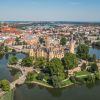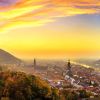Celebrations create a sense of unity
How are celebrations held in the federal states? What beach fires and Carnivals have in common: Germany's festivals, celebrations and traditions.
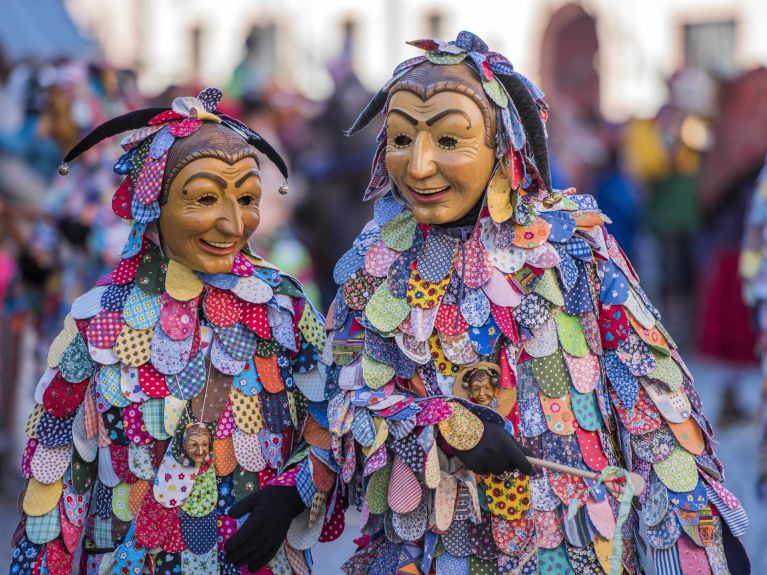
There are many ways to drive away winter in Germany: on North Sea islands such as Sylt or Amrum, people try large bonfires on the beach called “Biikebrennen”. In North Rhine-Westphalia, loud, colourful Carnival parades with plenty of sweets, shouts of "Alaaf" and "Kamellen" are supposed to expel the winter demons. Nothing compared with the Swabian-Alemannic Carnival as celebrated in Baden-Württemberg, a far more sombre affair with scary wooden masks. However different all these customs may be, they have one thing in common: they are important festivals in their regions that have always brought people together. And as such, they are now also recognised by UNESCO as intangible World Heritage.
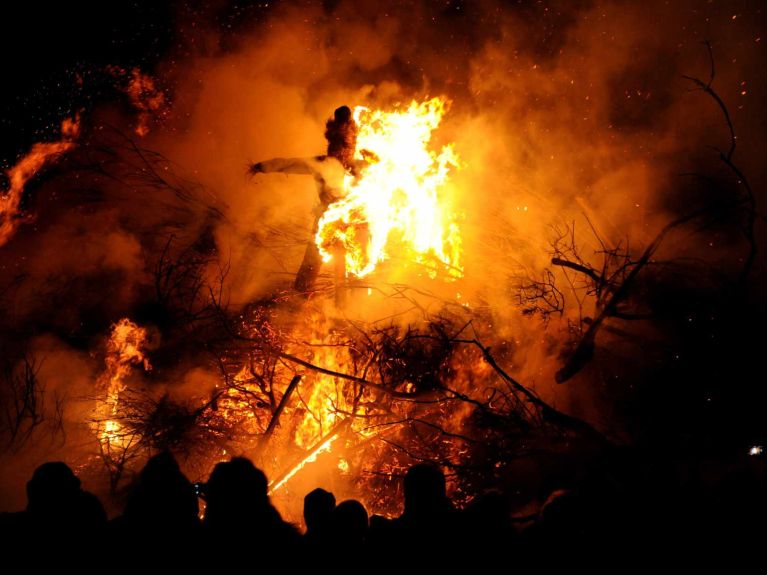
"Under this term, we protect and preserve customs, old craft techniques and knowledge", explains Miles Spohr, Managing Director of UNESCO World Heritage Sites Germany e.V. The nationwide register now includes 131 entries. "In this way, we promote the visibility and further development of regional cultural features", he says. "This is making a very strong and very sustainable contribution to the preservation of regional identities."
Festivals shape regional identity
In fact, there is little that shapes regional identity as much as a common festival. For it is seldom really about driving away winter at Biikebrennen, Carnival or Fastnacht (Shrovetide) - what is important above all is to do this together. Rituals keep people together, according to a study by 15 international universities led by Oxford University. The conclusion: rituals create a unique sense of unity.
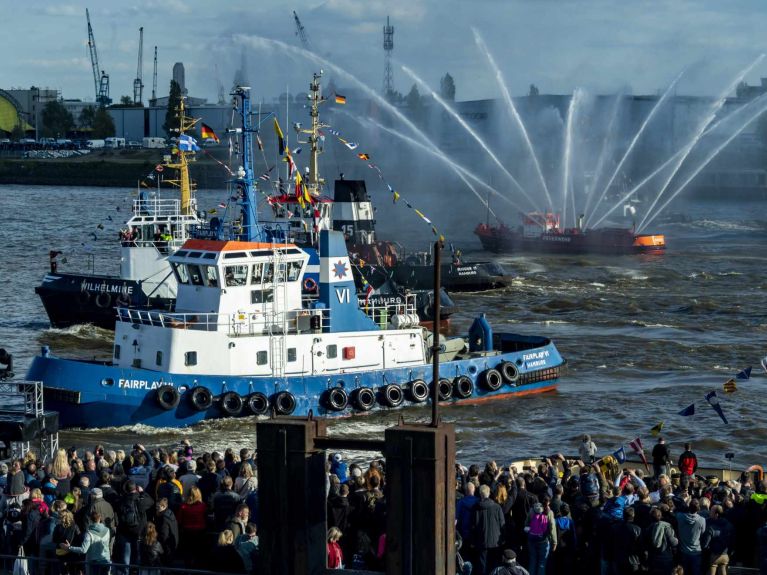
Hamburg harbour festival in spite of false document
No wonder, then, that some communities construct their celebrations quite unceremoniously: the Hamburg harbour birthday, for example. It has only been since 1977 that the hanseatic city has annually celebrated a charter from Emperor Barbarossa, dated 7 May 1189, granting ships in the port of Hamburg freedom from duties. Although the letter is probably a forgery, around a million people are expected again at the beginning of May 2023 for the official 834th Harbour Birthday Party.
This is precisely the power of festivals and rituals - that they are not rigidly based on historical events. Rather, they can be flexibly adapted to the times and needs. Bremen also proved this with its "Schaffermahlzeit". The traditional farewell dinner of merchants and shipowners with their captains at the end of winter had been taking place according to the same rules since 1545. Then in 2022 one rule was changed: now women are also invited to the Schaffermahlzeit.
Exporting festivities: Christmas markets all over the world
A change which shows that the we-feeling of rituals is elastic. At Bavaria's biggest festival of all, the Munich Oktoberfest, a fifth of the visitors now come from abroad. Some festivals and rituals have even become export hits: German Christmas markets are now set up in England, Italy and even Shanghai, and every year hundreds of thousands of people come to "America's largest Oktoberfest" in Ohio. After all, we can't have enough festivals and rituals.
